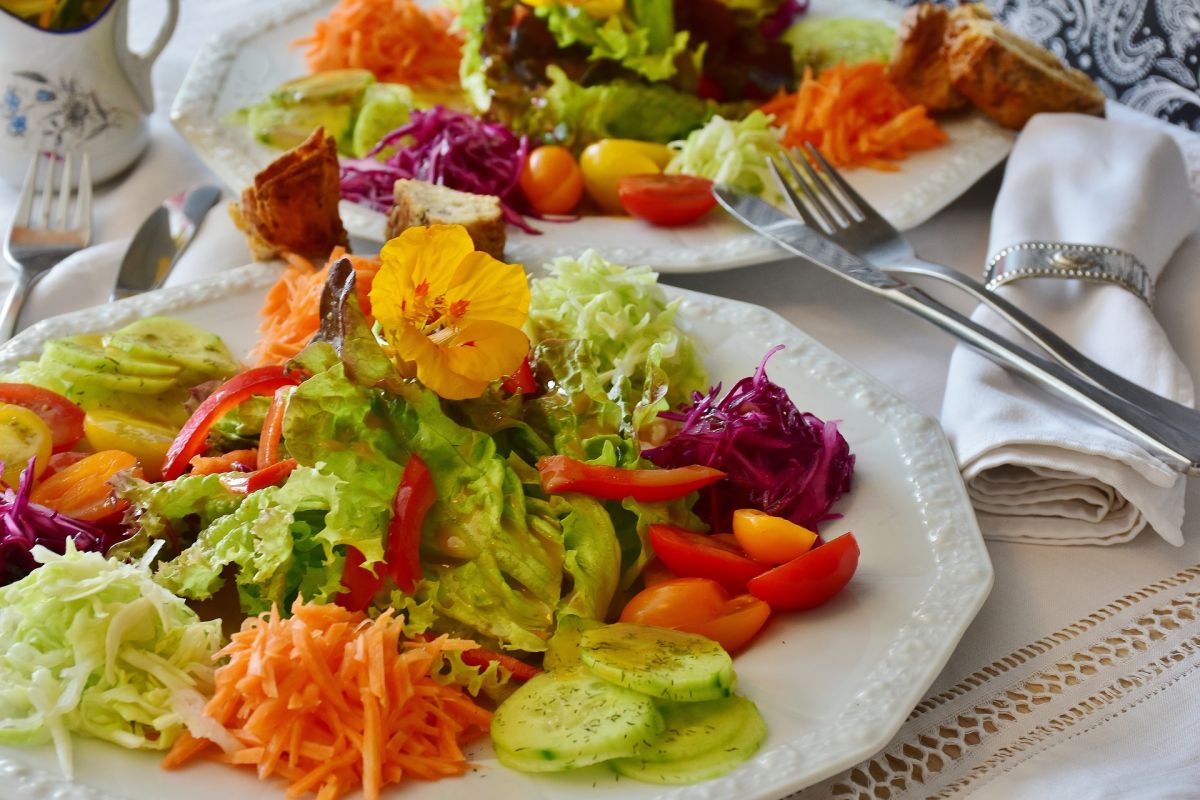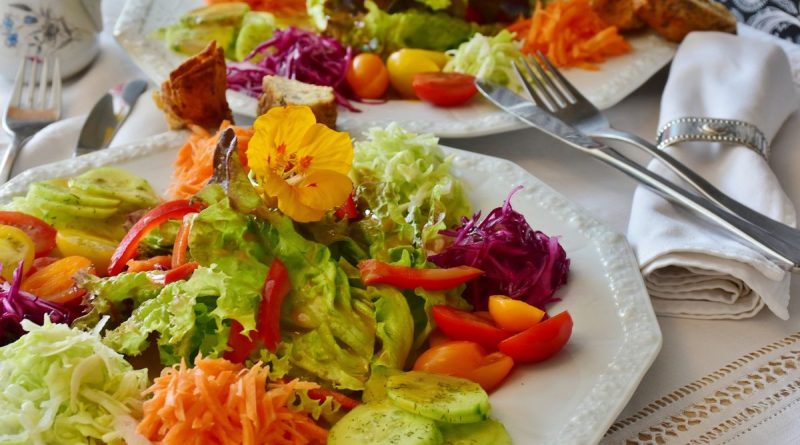The 5 basic rules for creating nutritious and slimming salads | The State

Photo:
Image by RitaE from Pixabay / Pixabay
Without a doubt the salads they are probably the most iconic dish of diets focused on weightloss, they are believed to be the Perfect complement for accelerate weight loss. However we have news for you, there are certain preparations of salads that are associated with opposite effect and they can make us gain weight. Why? Because many of the most popular salad ingredients are full of fat and calories.
It has also been proven that in many cases “When dealing with salads” people usually eat much larger portions and they end up consuming many more calories than with other types of food.
While is true that replace a heavy, high-calorie meal, with a healthy salad is a excellent way to lose weight. It’s fundamental be clear about the rules of the game, that is, to know what are the best and worst ingredients and believe it or not there are some variants of common salads what contain more calories that even one piece of pizza.
The truth is that when preparing them with correct items, salads can be a great way to get vitamins and nutrients important. They are also the perfect ally for increase consumption of fruits and vegetables, which contribute many antioxidants and fiber and that are associated with great therapeutic properties.
It has scientific references that endorse the benefits of eat a salad a day, to keep away chronic diseases and the aging. In addition to its refreshing natural flavor and its great crunchy texture along with their wonderful colors and fragrances, eat a large portion of fresh and raw vegetables every day can have important health benefits.
A good salad is a tangible and sustainable habit in disease prevention, promotes healthy weight, benefits digestion and rise the levels of energy. Considering that we are all interested in having more Health and vitalitySalads take a very special place in the daily diet. We took on the task of compiling the 5 basic rules to create slimming and healthy salads, they represent the perfect balance.
1. Choose the best green bases
The base of salads is the first and most important step, and to make them slimming you should always contemplate the use of green leafy vegetables. Salads made with bases of pasta and potatoes tend to be more high in calories and fat. In some cases to give you a turn to the typical use of lettuce or spinach, nutritionists recommend using a bean base They are also excellent and very nutritious since they are full of protein and fiber. However green vegetable bases are infallible, very low in calories and rich in essential nutrients. Best of all, they provide some versatility and you can create different combinations, the best alternatives are fresh spring greens: arugula, spinach, chard, watercress, mustard greens, and beet greens are leaves of soft and tasty spring. Complement by adding leafy vegetables green fresh, crisp and low calorie: iceberg, bibb, romaine lettuce, chicory, endive, endive, lettuce leaves and frisée.

2. Integrate colorful fruits and vegetables
Once you chose one green leafy vegetable base, it is essential to complement with the use of colorful fruits and vegetables that should always be the most abundant ingredient in any healthy and light salad. The better alternatives will always come in one wide range of colors, which are a reflection of a good balance in essential nutrients. For a variety of flavors and nutritional benefits add raw or roasted fruits, vegetables decade color category. Some low calorie ideas: Red: chopped or sliced tomato, grated or sliced radishes, chopped red onion, sliced red bell peppers, diced beets, cold sliced red potato, Strawberries, raspberries /Orange: grated or thinly sliced carrots, sliced orange bell peppers, cold pumpkin in cubes, cold diced sweet potato, orange or mandarin segments /Yellow and white: chopped sweet onion, fresh cooked corn kernels, yellow tomato cut into quarters, cubed jicama, mushrooms quartered or sliced, cauliflower, white asparagus /Blue or purple: diced purple potatoes, shredded purple cabbage, aubergine, blackberries, blueberries / Green: thinly sliced green onion, chopped green tomato, quartered artichoke hearts, green peas, broccoli, sliced cucumber (without skin), Brussels sprouts, diced celery and kiwi.


We recommend you

.




